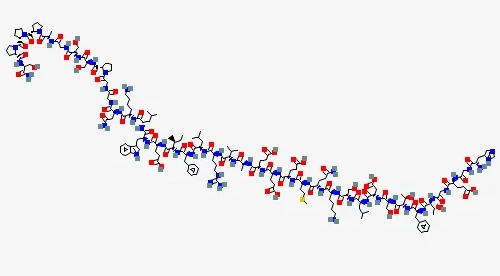chenkaijie@csmspharm.com

As one of the most critical classes of antimicrobial agents in clinical practice, β-lactam antibiotics are a focal point of generic drug consistency evaluation in China. The mechanisms behind their allergic reactions have long been a subject of public concern. With deepening research into reaction mechanisms, the structures of polymeric impurities, and polymerization mechanisms, it has been established that polymeric impurities are one of the key factors triggering allergic reactions. Consequently, the analysis of polymeric impurities has become an essential component of impurity profile research for β-lactam antibiotics.

Glucagon-like peptide-1 (GLP-1), a pivotal glucose-regulating hormone in humans, exerts its anti-diabetic and weight-loss effects by stimulating insulin secretion, suppressing glucagon release, and delaying gastric emptying. However, native GLP-1 has an extremely short in vivo half-life of merely 2 minutes due to rapid degradation by dipeptidyl peptidase-4 (DPP-4), severely limiting its clinical utility. To overcome this limitation, scientists drew critical inspiration from Gila monster saliva. By structurally modifying the 8th-position amino acid (Ala8) of GLP-1, they significantly enhanced the drug's stability, paving the way for the development of long-acting GLP-1-based therapies with multi-target synergistic effects.

Albumin, the most abundant plasma protein, possesses 11 fatty acid-binding sites that reversibly bind and transport lipid molecules. This intrinsic characteristic was leveraged by Novo Nordisk to optimize GLP-1 drug design, thereby extending the plasma half-life of GLP-1-based therapeutics.